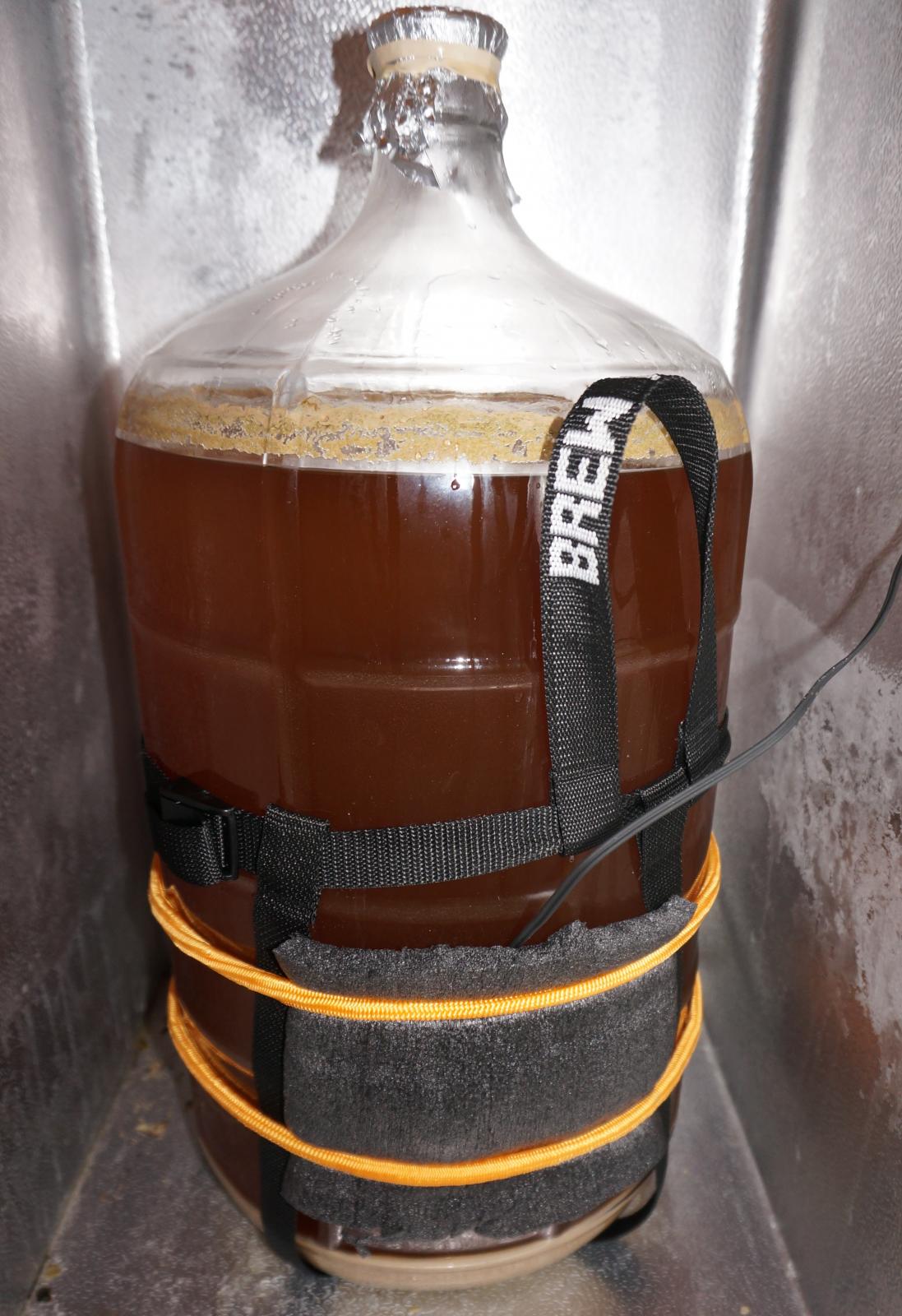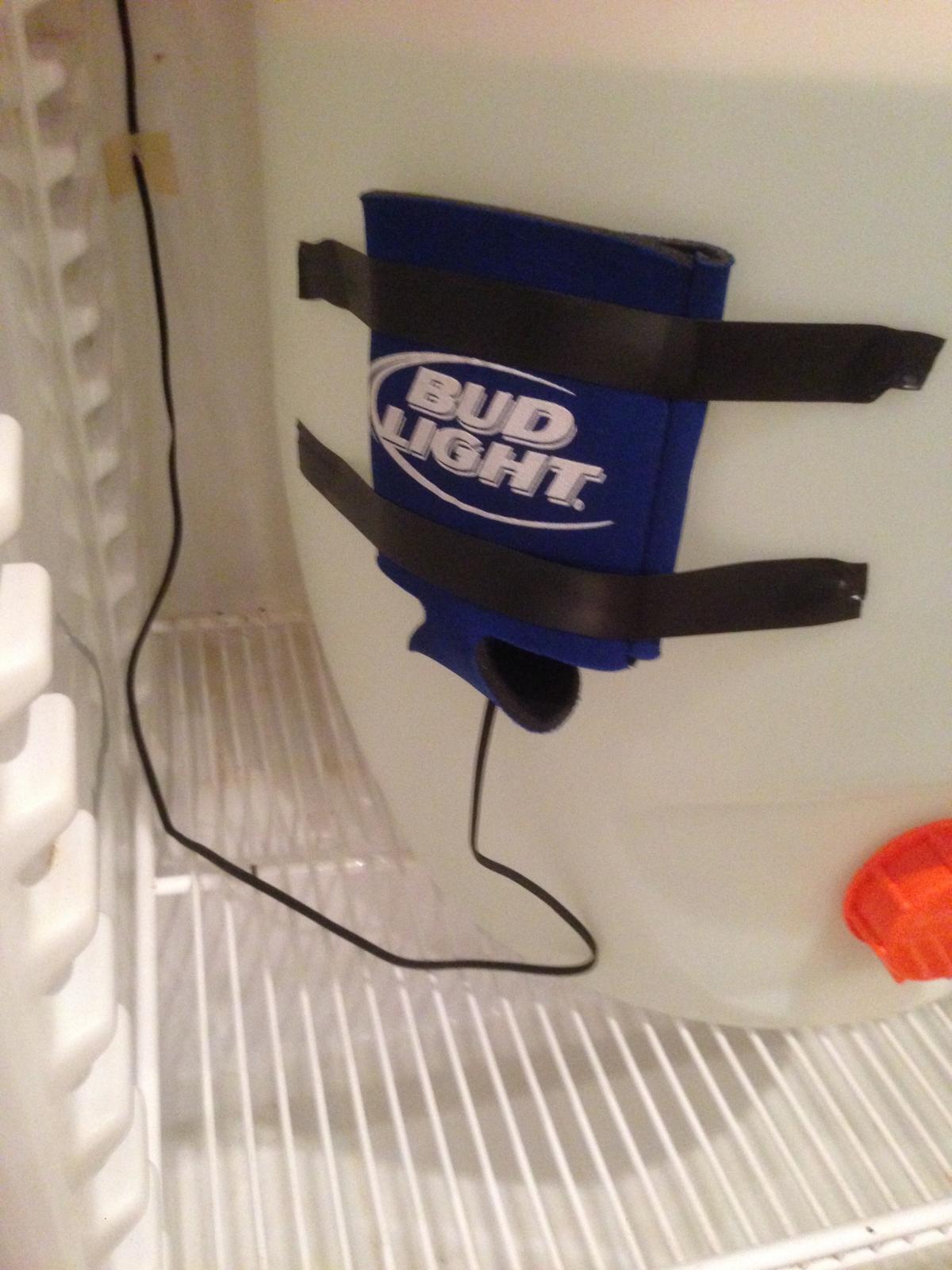- Joined
- Jun 29, 2014
- Messages
- 527
- Reaction score
- 69
This is my first brew in my fermentation chamber and I was wondering about the temp differential. By default the thermostat (inkbirds stc-1000 mod) has a 3 degree differential. So I had the probe taped and insulated on the side of the fermenter with the temp set at 65f and it would kick back on when it raised to 68f. It has only been in the fermenter for 24 hours but I decided to set the differential to 1 degree to avoid the temp varying so much.
By the way, the yeast is us-05 and its an american amber ale recipe.
I was just wondering how others set their thermostats and what if any effect the 3 degree swings would have on the yeast?
David
By the way, the yeast is us-05 and its an american amber ale recipe.
I was just wondering how others set their thermostats and what if any effect the 3 degree swings would have on the yeast?
David













































![Craft A Brew - Safale BE-256 Yeast - Fermentis - Belgian Ale Dry Yeast - For Belgian & Strong Ales - Ingredients for Home Brewing - Beer Making Supplies - [3 Pack]](https://m.media-amazon.com/images/I/51bcKEwQmWL._SL500_.jpg)













